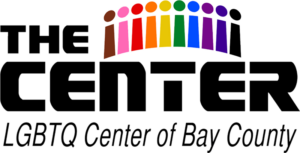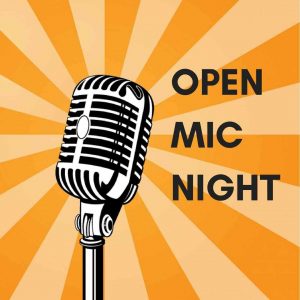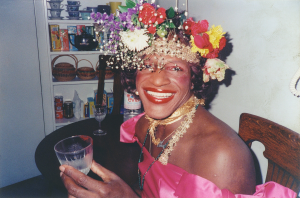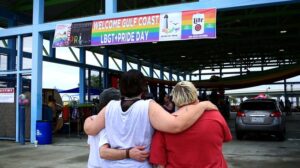 It’s currently Pride Month. Pride began as a celebration and chance to remember the Stonewall Uprising of 1969. New York was persecuting gay people and frequently criminalizing their activities and presence.(1) It was illegal to simply exist as a member of the LGBTQ+ community. Activists such as Marsha P. Johnson, Sylvia Rivera, Miss Major Griffin-Gracy, and many other patrons of The Stonewall Inn fought back against a violent police raid. Their actions helped reignite the modern gay rights movement in the United States. Pride was a celebration of LGBTQ voices, culture, and activism.
It’s currently Pride Month. Pride began as a celebration and chance to remember the Stonewall Uprising of 1969. New York was persecuting gay people and frequently criminalizing their activities and presence.(1) It was illegal to simply exist as a member of the LGBTQ+ community. Activists such as Marsha P. Johnson, Sylvia Rivera, Miss Major Griffin-Gracy, and many other patrons of The Stonewall Inn fought back against a violent police raid. Their actions helped reignite the modern gay rights movement in the United States. Pride was a celebration of LGBTQ voices, culture, and activism.
And there is LGBTQ+ history to learn, explore, and celebrate everywhere, including rural communities. This might not fit in the mainstream cultural image of LGBT individuals. Most popular media features the community living in cities or on coasts; the home base for the cast of Netflix’s hit show Queer Eye is a very high-class apartment with an ambiguous city backdrop. Yet an estimated three million or more LGBT+ people call rural America home despite the surge of anti-LGBTQ legislation threatening to chase them out; as of today, there are at least 520 anti-LGBT bills in the U.S.
Even Want to learn more? Here are a few projects that explore LGBTQIA2S+ folks living in rural, small-town, or country communities.
- CountryQueers, a multimedia oral history project.
- Han Powell’s Queer Florida: Speculative Southern Oral Histories.
- Where We Call Home
- Just Queer Folks: Gender and Sexuality in Rural America by Colin R. Johnson
 The Stamped Film Festival is coming soon! From September 28th to October 1st, come out to the Pensacola Little Theatre to celebrate the artistic contributions of lesbian, gay, bisexual, transgender, and queer (LGBTQ) films and filmmakers. The festival began in 2012 and strives to foster a more inclusive local community. In fact, its current name, Stamped, is a throwback to the mid-1990s when LGBTQ visitors would “stamp” their money so that local officials and business owners would know the extent of the LGBTQ+ community’s economic impact.
The Stamped Film Festival is coming soon! From September 28th to October 1st, come out to the Pensacola Little Theatre to celebrate the artistic contributions of lesbian, gay, bisexual, transgender, and queer (LGBTQ) films and filmmakers. The festival began in 2012 and strives to foster a more inclusive local community. In fact, its current name, Stamped, is a throwback to the mid-1990s when LGBTQ visitors would “stamp” their money so that local officials and business owners would know the extent of the LGBTQ+ community’s economic impact. 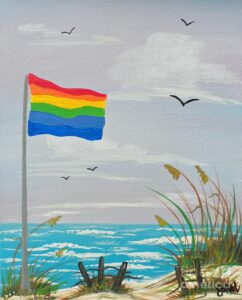
 Tallahassee will be hosting LUNAFEST® this month. The film festival will occur on October 7th at the Challenger Learning Center. LUNAFEST is an annual traveling film festival that began in 2001. The festival features women and gender-nonconforming storytellers exclusively. The event has featured over 170 filmmakers in over 2,700 screenings nationwide. Additionally, the festival has raised more than 6.5 million dollars for women’s causes (see
Tallahassee will be hosting LUNAFEST® this month. The film festival will occur on October 7th at the Challenger Learning Center. LUNAFEST is an annual traveling film festival that began in 2001. The festival features women and gender-nonconforming storytellers exclusively. The event has featured over 170 filmmakers in over 2,700 screenings nationwide. Additionally, the festival has raised more than 6.5 million dollars for women’s causes (see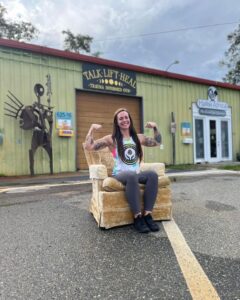
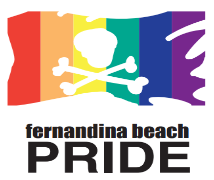 After a two-year hiatus due to Coronavirus, Fernandina Beach will be hosting its second annual Pride Parade and Festival. The event will be held on June 11th from 10 am – 6 pm. Fernandina Beach Pride will kick off with the parade before hosting a plethora of other fun activities. There will be live music, food trucks, arts and crafts vendors, and more! Come down to Central Park, Fernandina for a fantastic day celebrating the local and surrounding LGBTQ+ community!
After a two-year hiatus due to Coronavirus, Fernandina Beach will be hosting its second annual Pride Parade and Festival. The event will be held on June 11th from 10 am – 6 pm. Fernandina Beach Pride will kick off with the parade before hosting a plethora of other fun activities. There will be live music, food trucks, arts and crafts vendors, and more! Come down to Central Park, Fernandina for a fantastic day celebrating the local and surrounding LGBTQ+ community!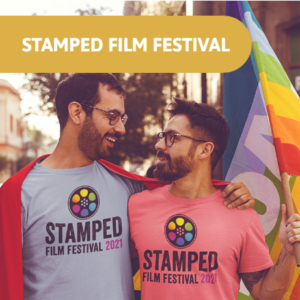
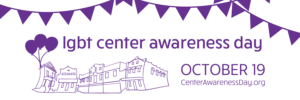 Today is National LGBTQ+ Center Awareness Day. For more detailed information on this national event, visit the
Today is National LGBTQ+ Center Awareness Day. For more detailed information on this national event, visit the 